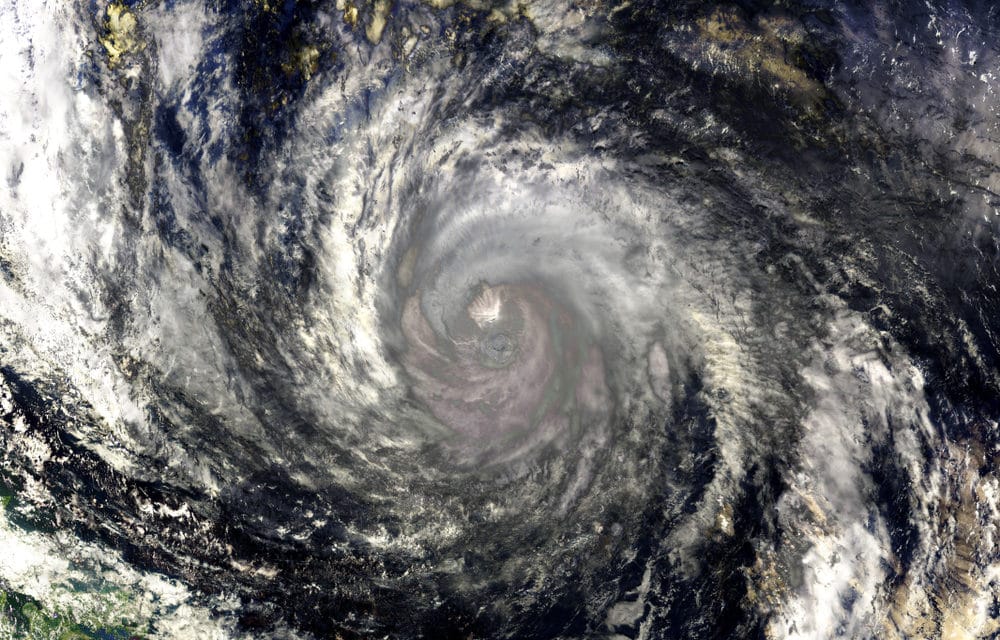(The Verge) – The 2020 Atlantic hurricane season officially ends today, wrapping up a truly exhausting season that smashed records and dealt repeated blows to vulnerable coastal communities. “It’s just been crazy,” says Allison Wing an assistant professor of meteorology at Florida State University.
“For the forecasters and scientists involved, I think everyone is really just a bit tired at this point and kind of ready for it to be over.” This was the most active Atlantic hurricane season ever documented. Thirteen storms strengthened into hurricanes, the second-highest number in recorded history.
Thirty storms grew strong enough to earn a name, beating 2005’s record of 28 storms. The World Meteorological Organization actually ran out of storm names by September, turning to the Greek alphabet for labels for the first time since 2005. For comparison, an average season only has a dozen named storms.
Researchers knew this year would be a doozy from the beginning. “All of the things pointed in the direction of having a very active season, and then it came to fruition,” says Matthew Rosencrans, a meteorologist at NOAA’s Climate Prediction Center. Sea surface temperatures in the Atlantic were warmer than usual, fueling stronger storms.
The West African monsoon, a major wind system that can influence storms over the Atlantic, was also stronger this year. There was also weaker vertical wind shear over the Atlantic, which is good news for hurricanes since stronger wind shear can tear the storms apart. The season became even busier when a La Nina climate pattern developed in September and weakened the wind shear even more. FULL REPORT

















